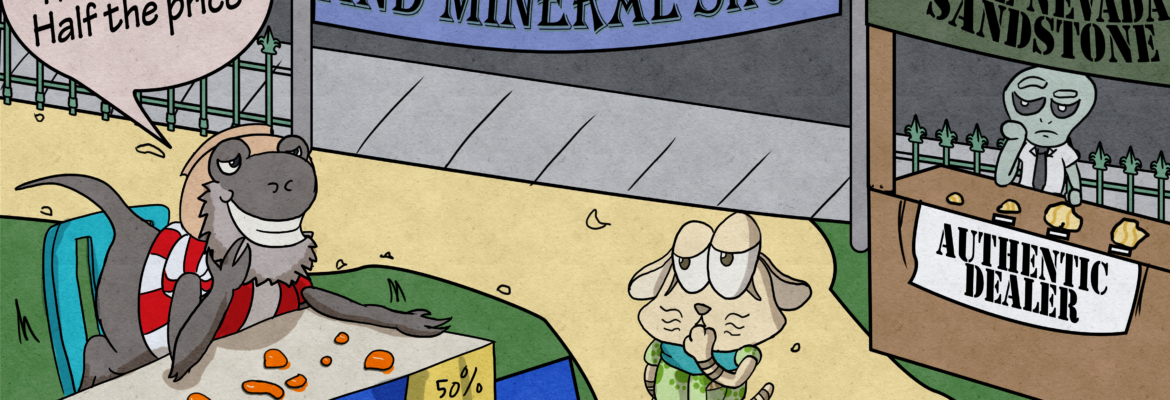

It took researchers 15 years to develop the product from idea to market release. Motorola spun off Iridium as a separate company in 1991. At the time of idea development, the project was technologically advanced, sophisticated, and made financial sense. Motorola envisioned solving this problem using 66 low-orbiting satellites, enabling users to place a direct call to any location around the world. Thus, there was a real need within the business community to improve phone access around the world. In 1980s, the phone coverage around the world was weak-it could take hours of dealing with a chain of telephone operators in several different countries to get a call through from, say, Cleveland to Calcutta. However, many people spend hours of their time and hundreds, even thousands of dollars repairing the car in the hopes that they will justify their initial investment in buying the car.Ī classic example of escalation of commitment from the corporate world may be Motorola’s Iridium project. An effective way of dealing with this situation might be to sell the car without incurring further losses, donate the car, or drive it without repairing it until it falls apart. For example, imagine a person purchases a used car that turns out to need another repair every few weeks. It is sometimes called sunk costs fallacy because the continuation is often based on the idea that one has already invested in this course of action. al., 2007)! It is important to be aware of this tendency because, depending on how a problem is presented to us, we might choose an alternative that is disadvantageous simply because of how it is framed.Įscalation of commitment occurs when individuals continue on a failing course of action after information reveals this may be a poor path to follow. Similarly, customers tend to prefer a statement such as “85% lean beef” as opposed to “15% fat” (Li, et. For example, when making a purchase, customers find it easier to let go of a discount as opposed to accepting a surcharge, even though they both might cost the person the same amount of money. Therefore, it is important for decision makers to remember this bias before passing judgments on other people’s actions.įraming bias refers to the tendency of decision makers to be influenced by the way that a situation or problem is presented.
THE ANCHORING TRAP DRIVER
However, the driver may have heard similar sounds before with no consequences, so based on the information available to her at the time, she may have made a reasonable choice. It would be easy to criticize her decision to continue to drive the car because, in hindsight, the noises heard in the morning would make us believe that she should have known something was wrong and she should have taken the car in for service. During the day, the car malfunctions, stranding her away from the office. Being familiar with this car in particular, the driver may conclude that the probability of a serious problem is small and continue to drive the car. For example, let’s say a company driver hears the engine making unusual sounds before starting her morning routine. Hindsight bias becomes a problem especially when judging someone else’s decisions.

This may be because they are selectively reconstructing the events. In other words, after a surprising event occurred, many individuals are likely to think that they already knew this was going to happen. Hindsight bias is the opposite of overconfidence bias, as it occurs when looking backward in time where mistakes made seem obvious after they have already occurred.


 0 kommentar(er)
0 kommentar(er)
